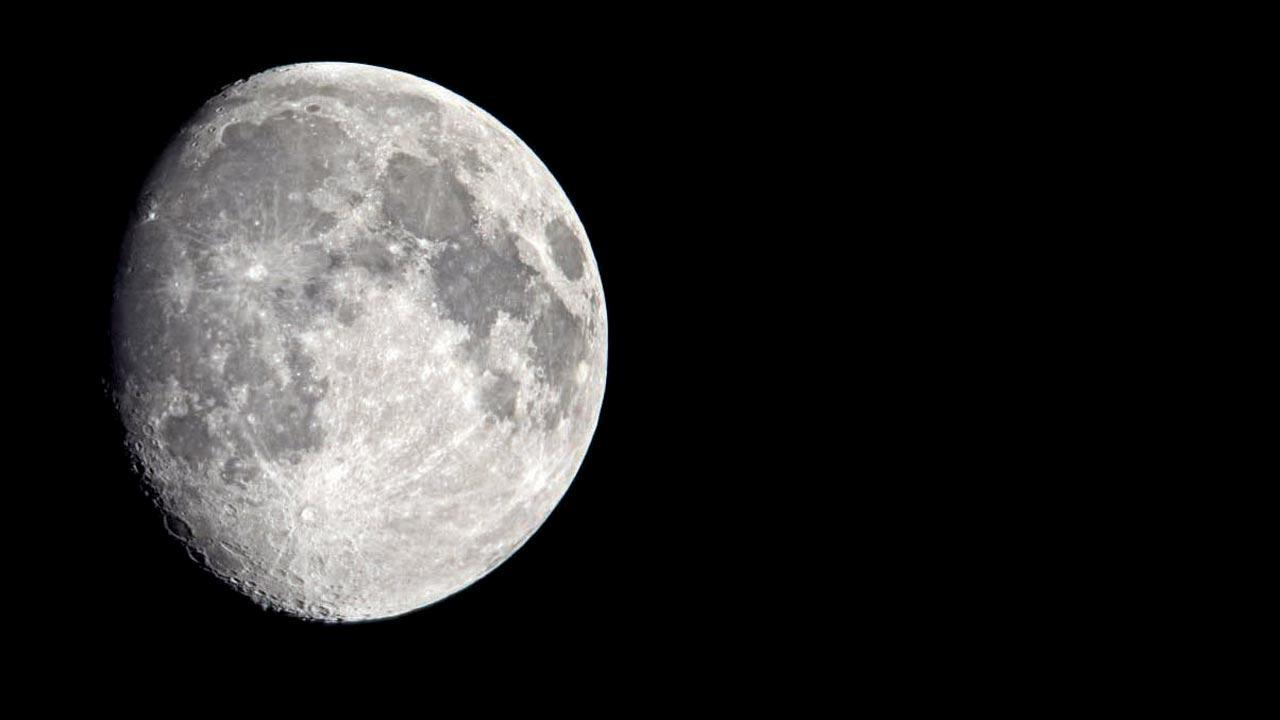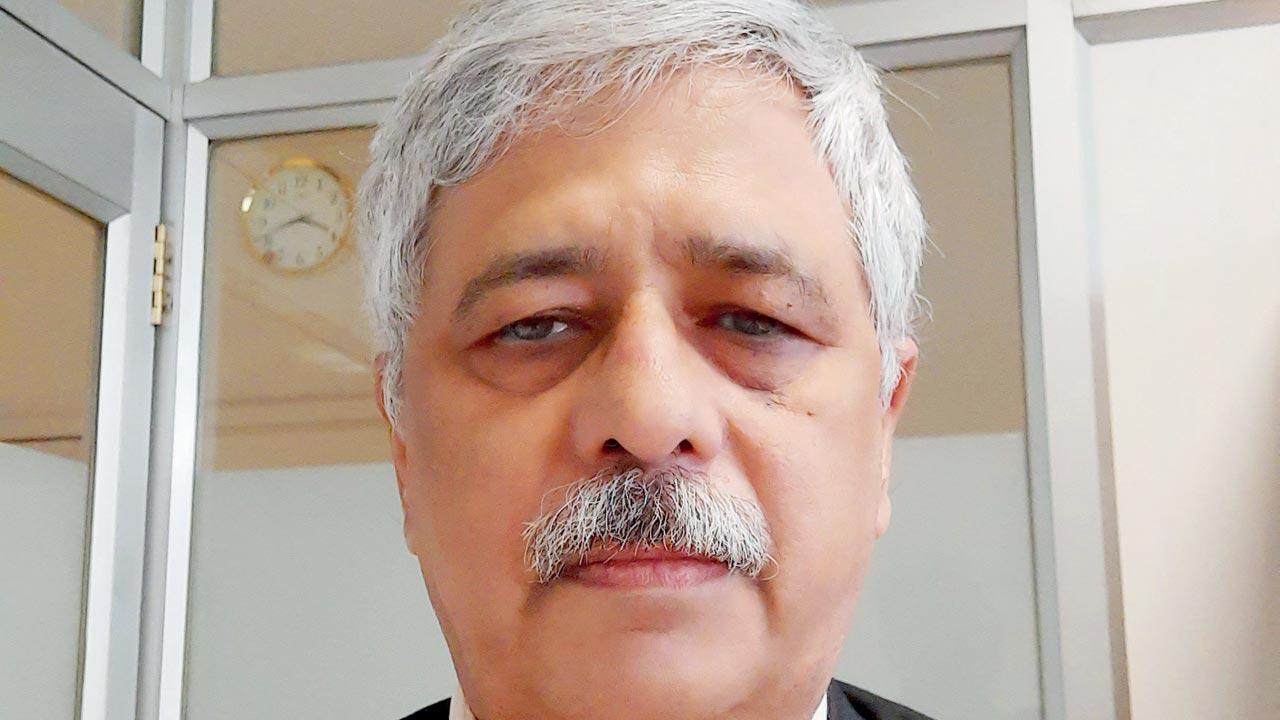As the BMC’s plan to create astronomy labs across its 100 civic-schools comes into light, astronomers and educators roll out the necessary tools and templates required to make stargazing a simple subject

Moon gibbous
Earlier this week, this newspaper reported on the Brihanmumbai Municipal Corporation (BMC) initiative to create astro labs across the city. These labs will be part of 100 civic-run schools to educate students about the mysteries of the universe. While basic theoretical physics of planets has been a part of the syllabi, these labs will educate students on aspects such as planetary movement, space and matter among others.
While the BMC is ironing out the creases to bring the plan to fruition, we spoke to astronomers and educators in the city to understand how the initiative will help
students and what essential steps need to be taken for its successful implementation.
Astronomy is a teaching tool itself

Astronomy is a complete science. It involves mathematics, chemistry through astro chemistry and biology and zoology — since we are in search of new life. For anyone with an interest in these subjects, it becomes a fascinating study. I always recommend teaching children with hands-on experience. At the planetarium, we often use observational astronomy to lead children towards mathematics. During one exercise to calculate the distance between the earth and the sun, the children came up with an answer that was up to 95 per cent accurate. We were surprised at it since children usually avoid maths.
I also suggest educators discuss concepts with students. You will be surprised with the ideas they can come up with. Using the elements around us to understand the solar system will improve their awareness. As far as practical experiments go, the simplest tool to help students is a scale model of the solar system. The model enables children to put their math knowledge to practical use by calculating the size of the Sun and Earth, the distances and orbits. It is not just practical but also fun.
The subject is by itself a teaching tool. No matter what fields the students pursue, they will possess an aptitude for research and an objective mind.
Arvind Paranjpye, director, Nehru Planetarium
Interactivity is key

Astronomy is not a field that requires a lot of investing. The key is to find a teacher passionate enough about the subject. Using a simple telescope, and low-cost models, you can design an interactive session that captures your students’ interest. A fundamental knowledge of concepts such as motion of planets, every day phenomena of rising and setting of the sun, never-setting or never-rising stars for the location are essential learnings. The subject is partly theoretical and partly observational. Teachers should encourage hands-on learning experiences. Children learn better this way, and would hardly require notes. Simulation tools and apps are also easily available.
The benefits of learning astronomy extend beyond career choices. Over the past two decades, 28 PhDs have emerged from Khagol Mandal’s basic courses. [Introducing] Astronomy at a young age inculcates curiosity, a passion for research and a scientific temperament in children.
Dr Abhay Deshpande, honorary secretary, Khagol Mandal
 Omega Centauri. Pics Courtesy/Ajay Karnik
Omega Centauri. Pics Courtesy/Ajay Karnik
Holistic education
 The Pleiades
The Pleiades
The fundamentals of astronomy are essential and contribute greatly to education. The simple acts of sunrise and sunset can be so interesting if taught in the right way. We often ignore the role that mathematics plays in astronomy. Do you ever wonder what the practical use of trigonometry is? It is used to measure the distance between planets, their orbits and the like. Imagine if teachers could use astronomy to teach trigonometry? Students will find it far more interesting, and be involved.
Although teaching astronomy without equipment is impractical, a single telescope is a prudent investment.
Children can learn about space, the craters on the Moon and observe the Milky Way. A simple model of the planetary system can also be used to teach the same.
Ajay Karnik, amateur astronomer and stargazer
 Subscribe today by clicking the link and stay updated with the latest news!" Click here!
Subscribe today by clicking the link and stay updated with the latest news!" Click here!








